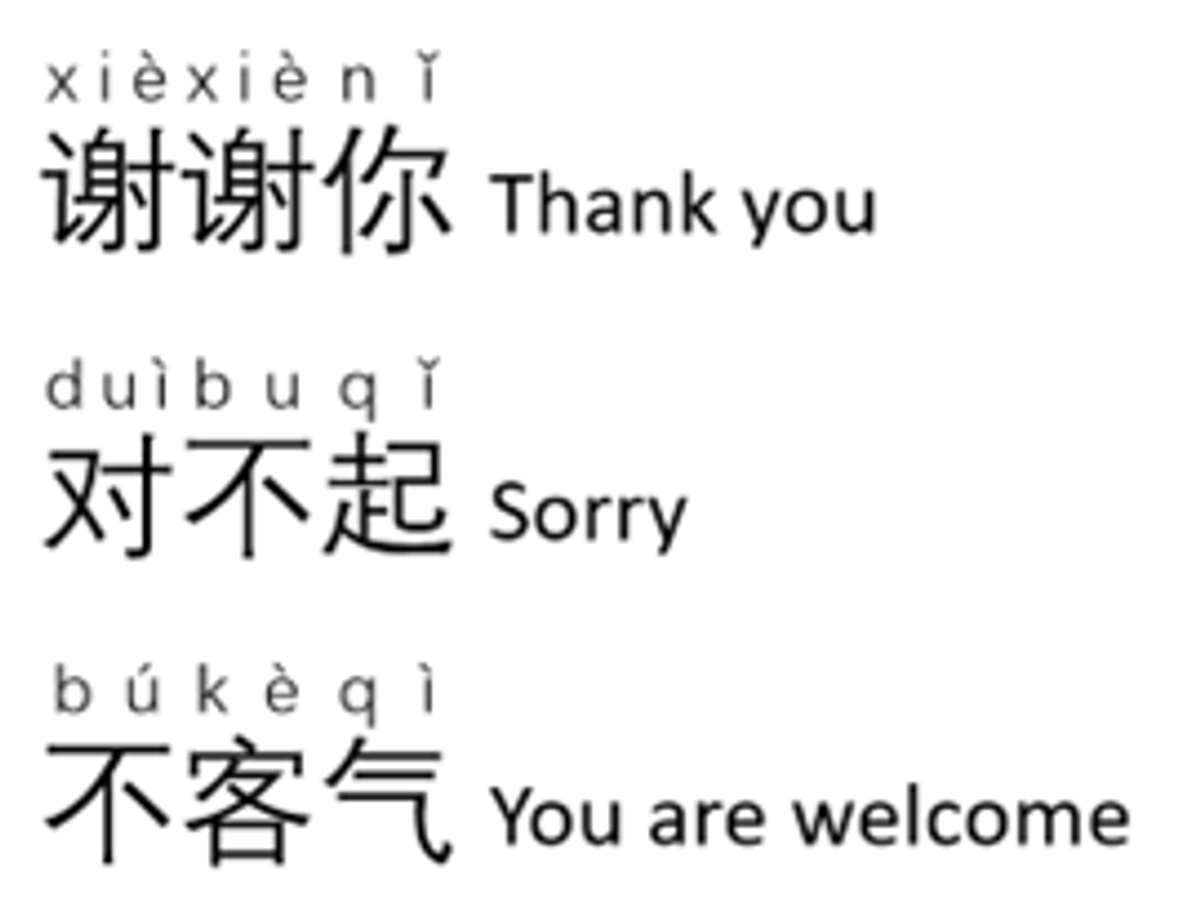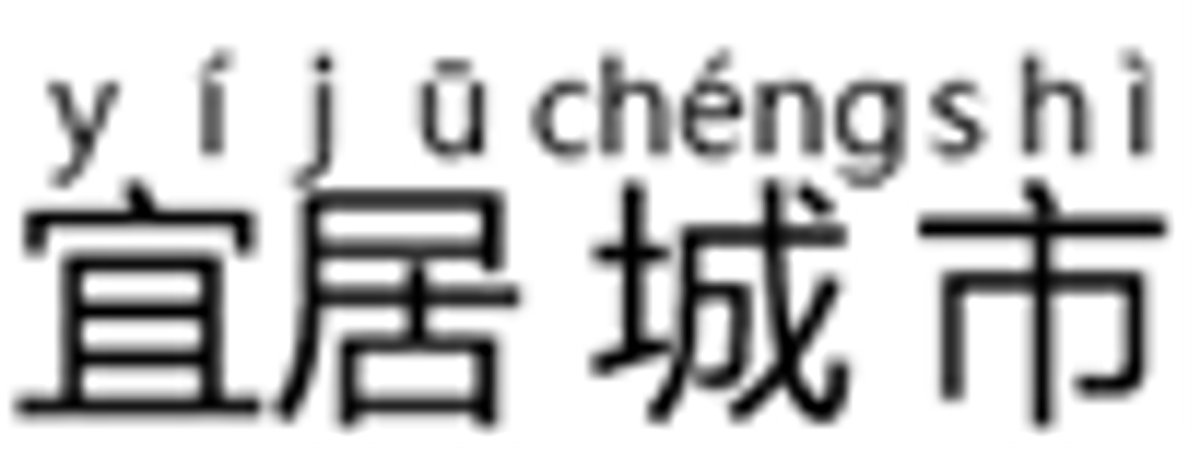LOTE

Happy Year of the Wood Dragon! Welcome to Term One! We trust you have enjoyed the break with your family and have had opportunities to build incredible memories together. Students will engage in language acquisition associated with their Inquiry units of study and the Chinese New Year celebration this term. They will also begin or further consolidate their Language skills and begin a new Inquiry-based learning unit. Stay tuned for the wonderful learning journey.
Prep
Preps will be introduced to some cultural background knowledge and greeting sentences in Chinese, including ‘How are you?’, ‘I'm fine’ and the numbers zero to ten. Students will participate in a variety of classroom activities such as Chinese character colouring, singing, dancing and group games. Students will develop an interest in learning Mandarin and gain communication skills through classroom dialogue.
Curriculum Links:
Participate in class routines, structured conversations and activities using teacher-modelled tones and rhythms (VCZHC001)
Reproduce the four tones and recognise how they can change the meaning of words (VCZHU010)
Key Vocabulary:
Year 1
In Year One students explore the topic of family members. We use a certain amount of everyday language in various classroom activities such as ‘Thank you’, ‘You're welcome’, ‘Sorry’ and ‘Never mind.’ Students use more complete sentences to introduce their family members in communication. In connection with the previous number learning learners work towards being able to create their own family posters to consolidate what they have learnt.
Curriculum Links:
Respond to and create simple Chinese stories, songs and rhymes, reproducing rhythm and sound patterns to express feelings (VCZHC005)
Recognise Chinese characters as a form of writing and Pinyin as the spelled-out sounds of spoken Chinese (VCZHU011)
Key Vocabulary:
Year 2
Year Two students focus on learning how to introduce themselves in Chinese. This includes topics of family, colours and fruit. Students express the preferences of different family members by using likes and dislikes. They also learn how to greet each other at different times of the day. At the end of the study, students will create a poster to introduce themselves.
Curriculum Links:
Interact with simple written texts in familiar contexts to contribute to class discussions (VCZHC002)
Understand that Chinese sentences have a particular word order (VCZHU012)
Key Vocabulary:
Year 3
The Year Three students will focus on learning the Chinese zodiac this term. They will not only learn to describe the Zodiac calendar in Chinese but also explore the legends and traditions of the Chinese Zodiac. In addition, students will be expected to converse about the Zodiac sign in Chinese for oral language practice. They will design a bilingual poster about the Chinese zodiac calendar to summarise their learning.
Curriculum Links: Use nouns, adjectives and simple sentences to record observations (VCZHU028)
Reflect on how aspects of personal identity are expressed in Australian and Chinese contexts (VCZHC025)
Key Vocabulary:
Year 4
Year Four students focus on describing the weather in Mandarin. They compare structural differences and similarities between Mandarin and English sentences. Students learn to tell seasons orally and create casual conversations about the weather with the new vocabulary. By the end of the term, they will conduct a virtually simulated world weather forecast with their peers.
Curriculum Links:
Exchanging ideas and opinions with teachers and peers (VCZHC017)
Convey this information using learnt phrases and keywords (VCZHC019)
Key Vocabulary:
Year 5
Year Five students develop the ability to use complex sentence structures in Chinese to introduce their daily outfit. To deepen their cultural knowledge and understanding, students explore traditional Chinese costumes and national ethnic costumes along with information about history and culture. They then present their inquiry study in front of the whole class.
Curriculum Links:
Interpret and translate simple texts used for everyday purposes, identifying actions, words and phrases that do not readily translate into English (VCZHC039)
Create own bilingual texts such as signs, displays and posters (VCZHC040)
Key Vocabulary:
Year 6
Year Six students will learn about some main cities in China and around the world. They will focus on using essential words and sentences to express their thinking about different cities in Chinese. The inquiry-based learning will help learners to experience and engage with the cities through a global lens. Learners will explore the history, influence and impact upon society, politics, the economy and the environment of important cities around the world. They will transfer their learning and deepen their thinking on the indispensable factors of liveability as well as what makes liveability for people high quality. As a celebration of their learning journey, students will prepare a group presentation to share their learning.
Curriculum Links:
Locate key points in written informative texts, summarising the points to report to known audiences (VCZHC036)
Form sentences to express details such as the time, place and manner of an action and to sequence ideas (VCZHU044)
Key Vocabulary:
Liveable cities
Portrait of the city
Famous attractions
How can you support your child’s Language Education learning at home?
Sing or exposure Chinese Songs to gain interest in the language
Borrow bilingual Chinese storybooks from the school library or local library
Practice writing Chinese characters via App “Writer”













